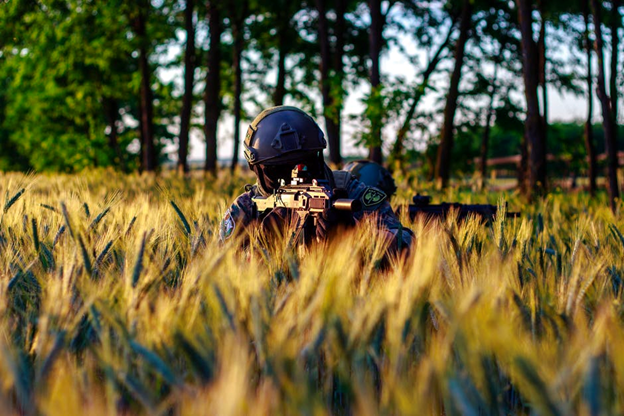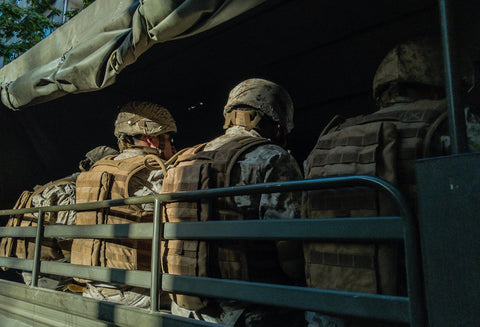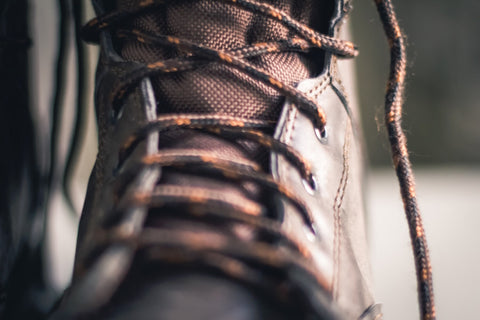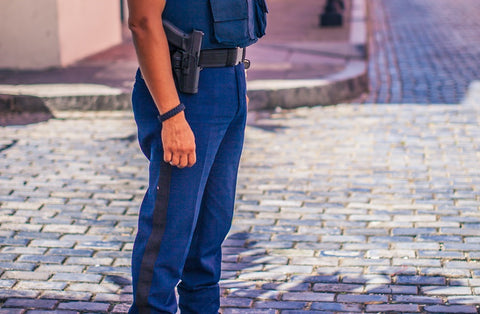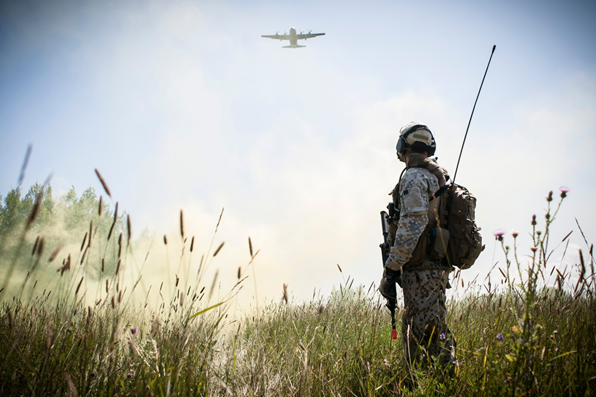The Science Behind Tactical Fabrics
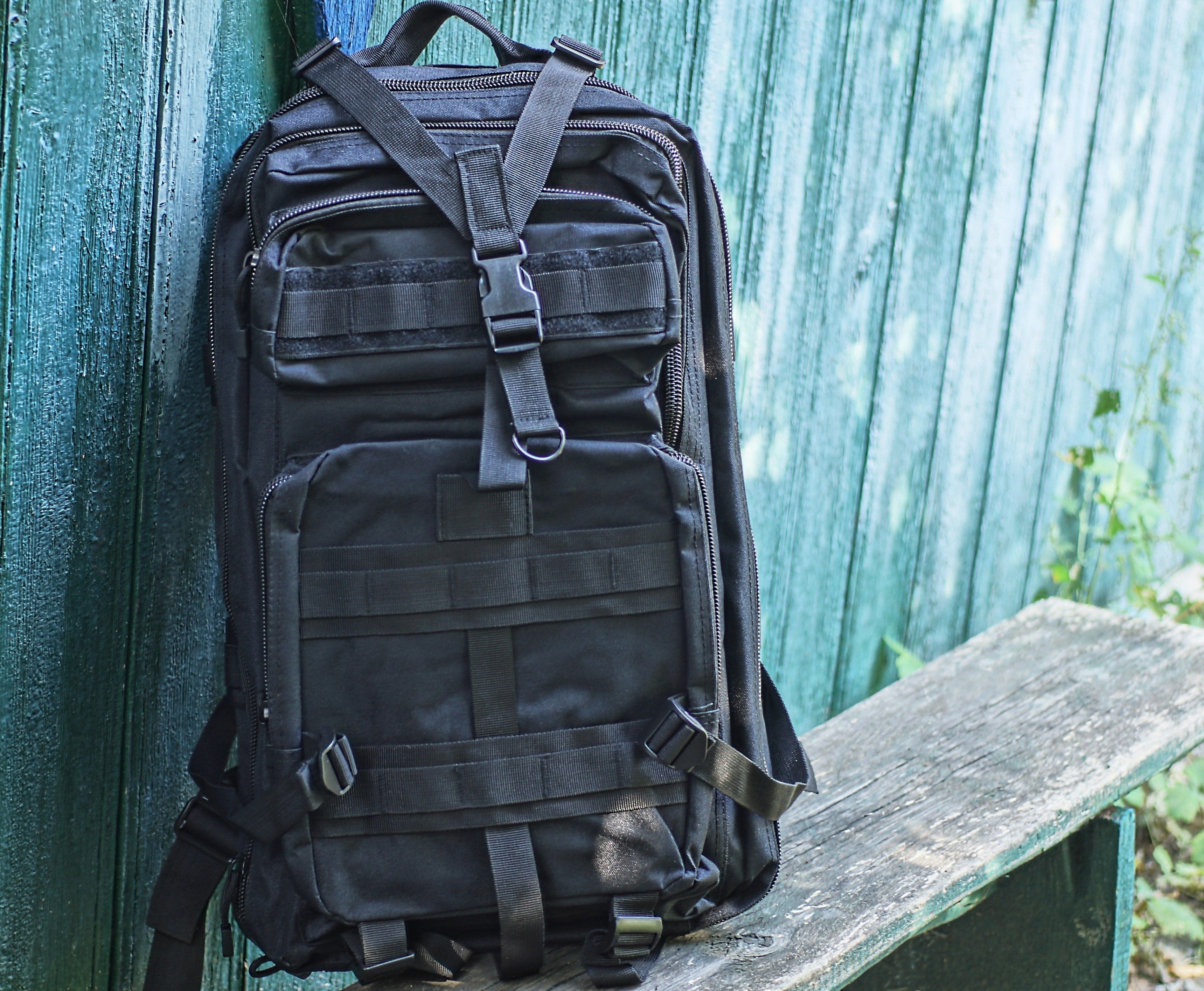
What Makes a Fabric Tactical
Tactical fabrics aren't your everyday materials. They’re designed specifically to handle the demands of extreme conditions, high-stakes operations, and rough use. When you hear the word "tactical," think of fabrics that can take a beating while keeping you comfortable and safe.
What sets tactical fabrics apart is their focus on durability, protection, and functionality. These materials need to be tough enough to withstand abrasions, cuts, and heavy wear but still offer the flexibility and comfort you need to move freely.
Take ripstop fabric, for example, like what’s used in the 5.11 Tactical NYPD Stryke Ripstop Shirt. Ripstop fabric is woven in a way that prevents small tears from spreading, which is crucial in high-intensity situations.
A fabric might be lightweight, but it still needs to hold up against constant movement and friction, especially in tactical environments where you're on the go. Tactical fabrics also usually offer some level of protection against the elements, whether it's water resistance, UV protection, or even resistance to fire.
In short, what makes a fabric tactical isn't just how tough it is but how well it performs under pressure. It’s about blending protection with comfort so that no matter what you’re up against, your gear won't be the thing slowing you down.
Fire-Resistance and Durability
When you’re working in high-risk environments, durability is non-negotiable, but in certain jobs, so is fire resistance.
Firefighters, EMS professionals, and some law enforcement officers rely on fabrics that are both tough and able to protect them from heat and flames. The Cross Fire-Retardant Pants, for instance, is built from fabric that meets and exceeds the performance standards of NFPA 1975 Emergency Services, 2112 Flash Fire, and 70E Arc Flash.
In addition to being fire-resistant, tactical fabrics also have to be durable enough to handle the wear and tear that comes with intense use.
This means the fabric can't break down easily, whether it's from regular washing, UV exposure, or physical abrasions. The First Tactical Men’s SoftShell Job Shirt demonstrates this balance perfectly. Made from 85% nylon and 15% spandex, the fabric stretches and moves with you, but it’s also built to be wind and water-resistant, ensuring durability in unpredictable conditions.
Tactical fabrics need to be tough, flexible, and ready to protect you from whatever the environment throws your way.
Moisture-Wicking and Breathability
Staying dry might not sound like a huge deal until you’re out in the field, sweating through your clothes, or caught in the rain.
That’s when moisture-wicking technology makes all the difference. Tactical fabrics are designed to pull moisture away from your skin, keeping you dry, comfortable, and focused on the task at hand rather than dealing with sweat-soaked clothing. This is especially important in environments where sweat can become more than just uncomfortable—it can be a real hazard, contributing to overheating or even hypothermia in colder climates.
The some of these shirts, for example, aren't just flame-resistant; they can also be built with quick-dry, moisture-wicking technology that helps regulate your body temperature by keeping sweat off your skin. This technology allows your body to breathe while you stay protected, making it perfect for high-stress environments where you need to stay cool under pressure.
Likewise, many tactical shirts are lined with a soft brushed fleece that’s not only warm but also breathable, so you won’t overheat during physical tasks.
Breathability ensures that air can circulate, helping to prevent that sticky, clammy feeling that can make long days in the field miserable. In tactical scenarios, breathability isn’t just about comfort; it’s about maintaining peak performance by ensuring your gear doesn’t become a distraction.
When your clothing can handle both sweat and outside moisture, you stay comfortable and ready to move, no matter what the situation demands.
Thermal Regulation in Extreme Environments
When you’re in a tactical environment, managing your body temperature becomes crucial, especially if you’re dealing with extreme heat or cold.
Tactical fabrics play a significant role in helping your body regulate its temperature so that you can stay sharp and ready for action. In hot climates, you need materials that can keep you cool, even under the pressure of the sun and heavy gear. On the other hand, in colder conditions, you want fabrics that help retain your body heat without making you feel bulky or restricted.
Modern tactical fabrics, like the SoftShell material used in the First Tactical Men’s SoftShell Job Shirt, are designed to provide thermal regulation without sacrificing comfort.
The outer shell of this job shirt is wind-resistant and offers a soft fleece interior, which helps to trap heat when temperatures drop, while still allowing for breathability during periods of exertion. This balance between heat retention and breathability is essential when moving between different environments or when transitioning from active duty to periods of rest.
In extreme heat, fabrics that focus on breathability and moisture management are lifesavers. These fabrics help draw sweat away from your body, cooling you down as moisture evaporates. By keeping your core temperature regulated, you can maintain your focus and performance, even when conditions outside are less than ideal.
Advancements in Fabric Technology
Tactical fabrics have seen significant advancements in recent years, with improvements that enhance protection, comfort, and flexibility for professionals in demanding environments.
One of the major breakthroughs has been the development of multi-functional fabrics that address multiple environmental challenges simultaneously. For instance, many modern fabrics now incorporate ripstop technology, providing superior durability while integrating stretch capabilities for greater mobility. The inclusion of mechanical stretch in these fabrics ensures more freedom of movement without sacrificing strength, which is essential during high-intensity operations.
Another key advancement is the application of protective coatings, such as Teflon, which offer resistance to stains, soil, and liquids. These coatings are particularly beneficial in tactical settings, where professionals frequently encounter dirt, grime, and even hazardous substances. The added protection helps extend the fabric's lifespan and maintains a professional appearance, even after repeated exposure to harsh conditions.
Additionally, fire-resistant fabrics have made leaps forward. Materials like modacrylic and tencel now provide inherent flame resistance while remaining lightweight and breathable. This ensures that professionals—such as firefighters, EMS workers, and others exposed to fire hazards—stay protected without the burden of bulky materials.
Innovations like these are transforming tactical fabrics into versatile, high-performance materials that can meet the varied demands of professionals in the field.
Best Tactical Fabrics for Different Roles
Different roles require different tactical fabrics, and selecting the right material can greatly impact both performance and comfort in the field. For law enforcement officers, durability and freedom of movement are top priorities. Fabrics such as ripstop are ideal for uniforms, as they must withstand the daily wear and tear of the job while still allowing for flexibility. The strength of ripstop fabric, combined with its stretch properties, ensures that officers can respond quickly and efficiently to any situation, making it a perfect choice for high-intensity, everyday use.
For firefighters and EMS workers, flame-resistant materials are critical. Fabrics designed for these roles provide protection against sudden exposure to flames and extreme heat while maintaining breathability and comfort, especially for long shifts. Flame-resistant fabrics like modacrylic and tencel offer this balance, ensuring that first responders stay safe without being weighed down by heavy or uncomfortable gear.
In unpredictable weather conditions, materials that offer thermal protection and moisture resistance are essential. Versatile fabrics that combine water- and wind-resistance with interior warmth, such as those used in tactical outerwear, provide the adaptability needed for various outdoor conditions. These fabrics help professionals perform effectively in environments ranging from cold, windy weather to rain, ensuring they stay protected and comfortable no matter the challenges they face.
This adaptability ensures that whether you're dealing with rough physical conditions or harsh environments, the right fabric choice gives you the protection and mobility needed to perform your duties at the highest level.


